KIAMBA, Sarangani (October 3, 2007) – My revisit in town was, at first, no more than Mayor Rom Falgui's word of invitation: "Come. I'm sure you won't regret it."
But joining the family excursion that Saturday, I learned more about what the local government is doing in rejuvenating the municipality, and see its fascinating beauty once more.
Kiamba is 98 kilometers west of General Santos City. From the poblacion, a 10-minute ride brought us to Nalus where we started heading for a short trek to Bocay-il waterfalls.
The place, Bocay-il, was named after the falls. It means "clear water". Truly, at the heart of Kiamba's rainforest, is a view of a two-drop falls and the streaming clear waters both endlessly carefree and wild.
Bocay-il is a native term of the T'boli tribe who lived there long before Kiamba became a municipality in 1947.
Joel Uhay, a T'boli, revealed to me the magical story of the waterfalls as has been told generation by generation.
Once there were two beings who lived here, Linaw Gawan, a male, and his younger sister, Linaw Alida. They both lived their lives in deep melancholy. So in order to keep each other forever, they decided to be with the water streams and plunged into the two adjacent falls separately, Linaw Gawan took the higher drop while Linaw Alida drip herself into the next, and never appeared again since then.
The Bocay-il waterfalls are the sixth and seventh drops of Fi'cong Limo, the first five waterfalls up the green mountain in Nalus. Between the forest and the beach are sights of refreshing yellowish green rice fields.
The trip was ideal for a family mountain adventure like the Falguis; kids thrilled crossing three narrow brooks going up to see the source of the sound of the waterfalls.
Our supposed destination in the afternoon was Tuka, a four-cove natural marine park.
A motorized banca could have taken us there in 30 minutes from Lourdes Park in poblacion, but bad weather made us cancel the trip.
Tuka, a protected marine sanctuary for many species of colorful corals, is perfect for snorkeling; imagine the serenity the emerald seawater brings with white sand beaches without the crowded vendors, far away from the hustle and bustle of city life.
I have learned that the local government has been doing its task in maintaining and protecting this coral colony. One is by spearheading a joint yearly beach clean up with municipal employees, the Environmental Conservation and Protection Center, and some private sectors.
The Tuka Marine Park and the waterfalls were two tourist destinations in Kiamba tagged and promoted by the province for local and foreign tourists.
"We know it. First, we have to do a great deal with our tourism potentials and at the same time take care of our people's health and help preserve our people's culture," tourism officer Maria Fe Falgui explained.
"So now we rediscover and develop our scenic beauties like Tuka and the waterfalls. Something tells me they are more than just a place. We partner with the United States Assistance for International Development (USAID) in co-funding our health programs. Hopefully, the provincial program on School of Living Tradition (SLT) for our T'boli traditional craftsmanship will be re-launched."
Before the day's gone, I told Lanie, a friend and fellow writer in Manila, about my day's adventure.
"Waterfalls? Is it beautiful up there? Ang daya mo!" She exhilarated, realizing she missed a lot when she was here recently.
"It's magnificent and very refreshing. Be back soon. I promise to take you there. I'm sure you won't regret it." (SARANGANI INFORMATION OFFICE/RGP)
Wednesday, October 3, 2007
Falling in love with Kiamba by Russtum G. Pelima
Subscribe to:
Post Comments (Atom)

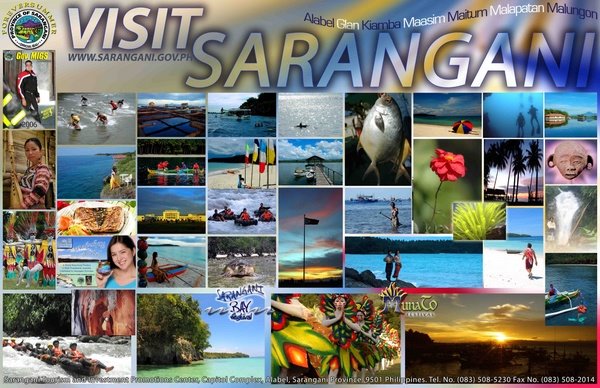


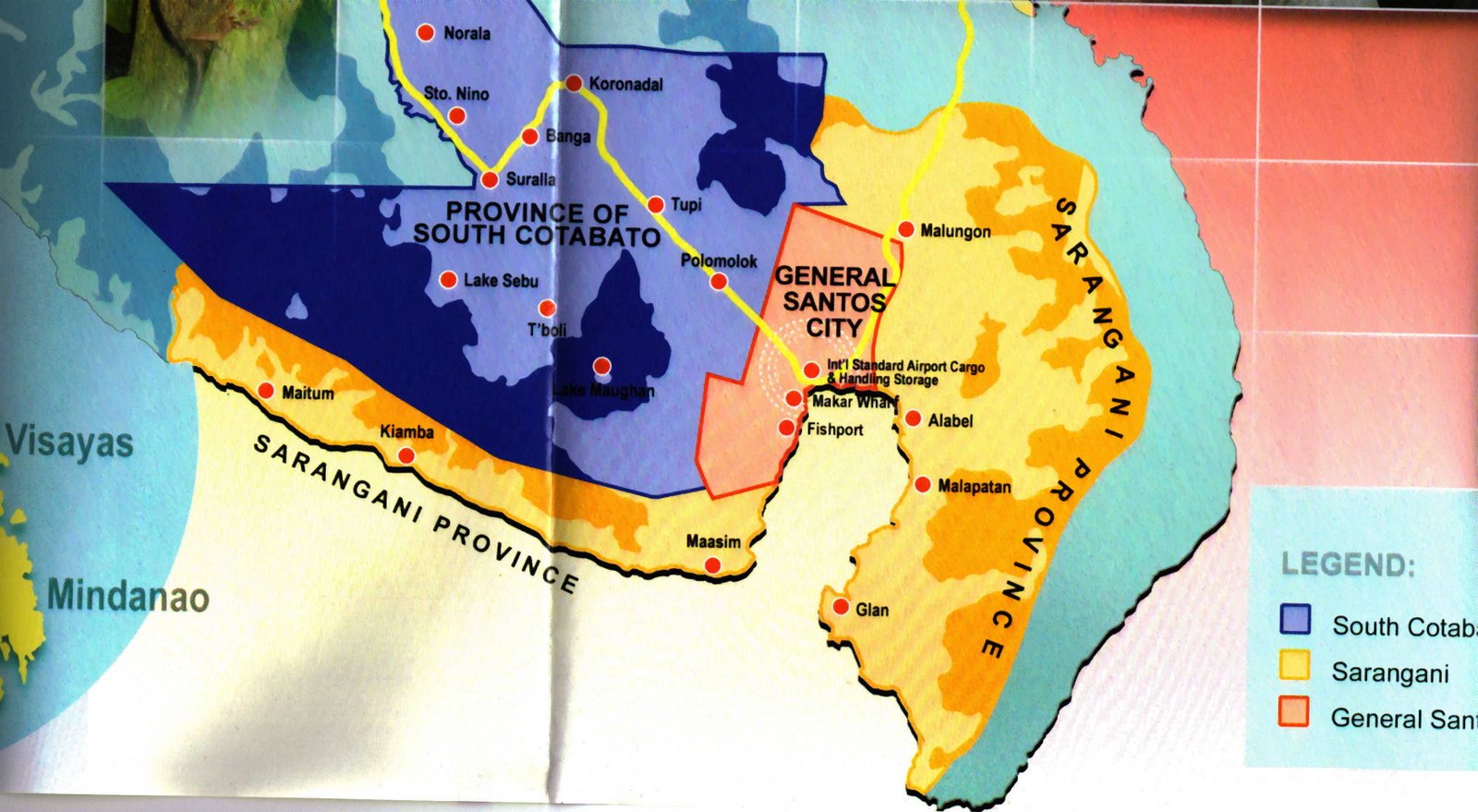


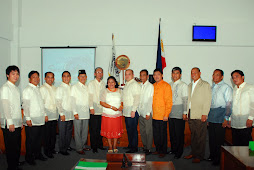

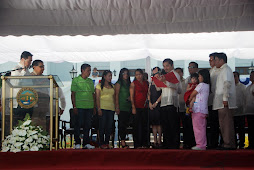
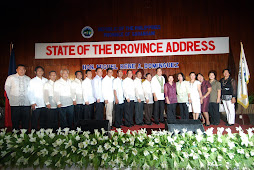

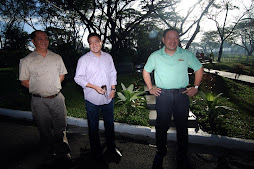







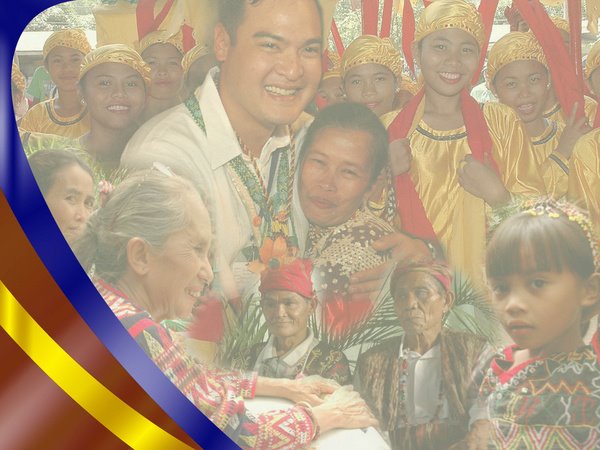

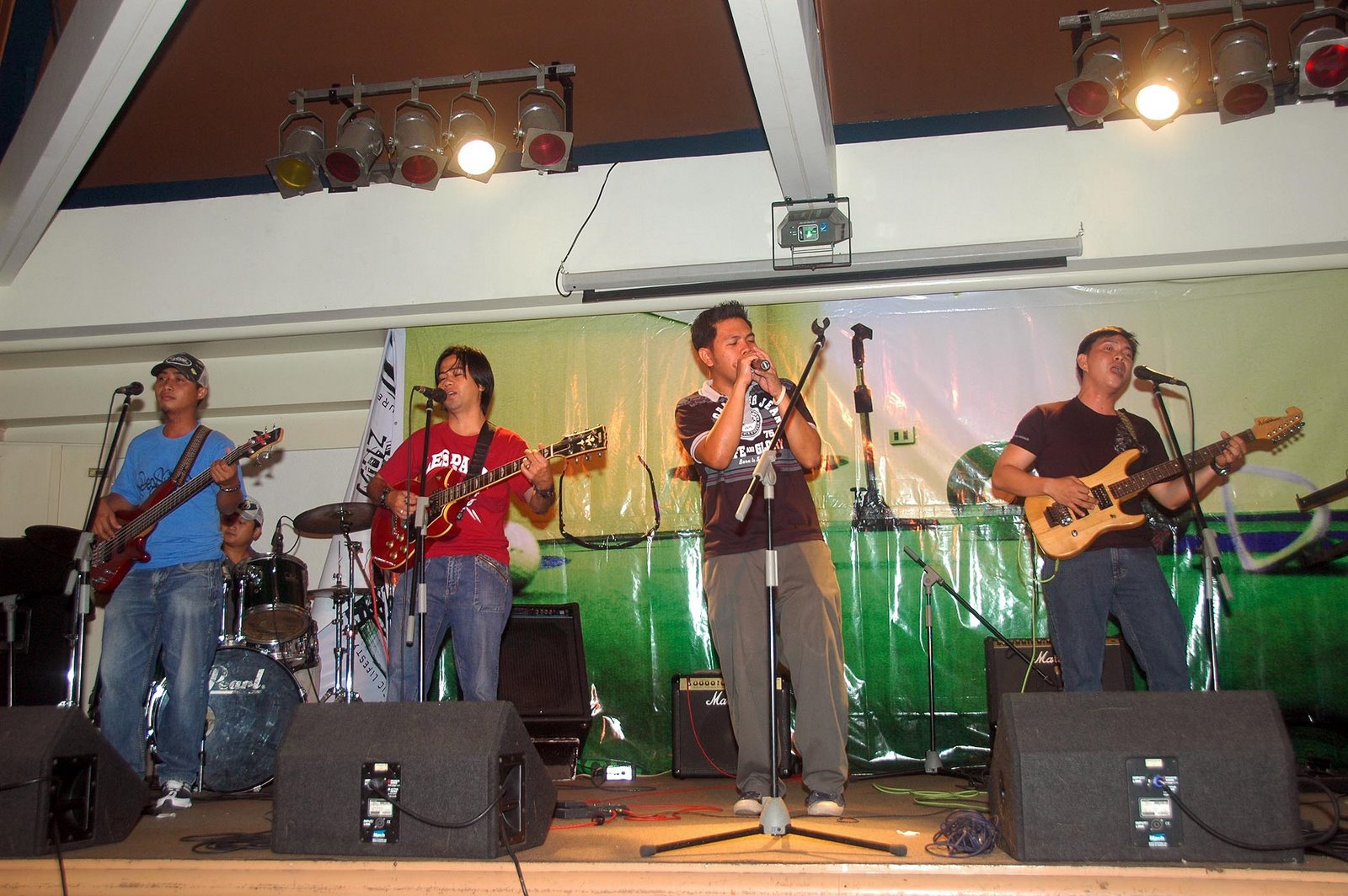


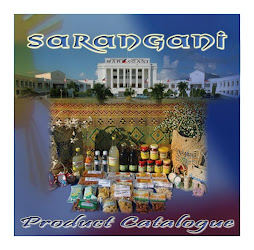


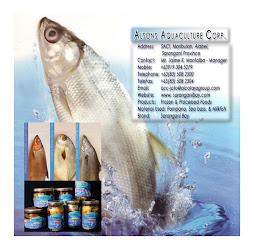
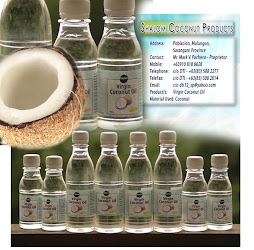


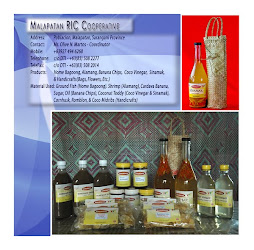






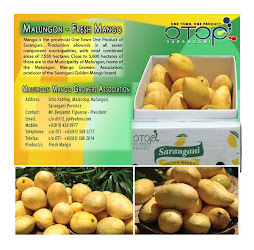
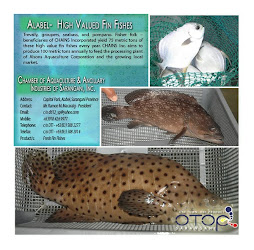
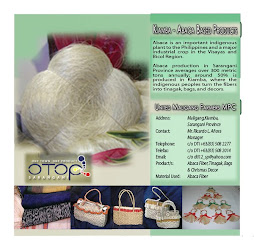

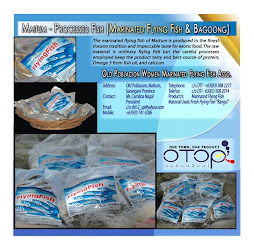
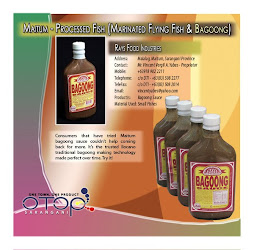


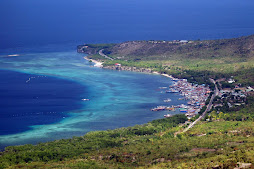
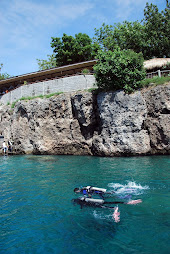
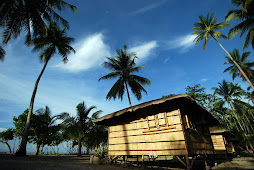
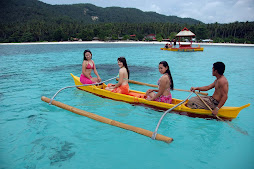


No comments:
Post a Comment